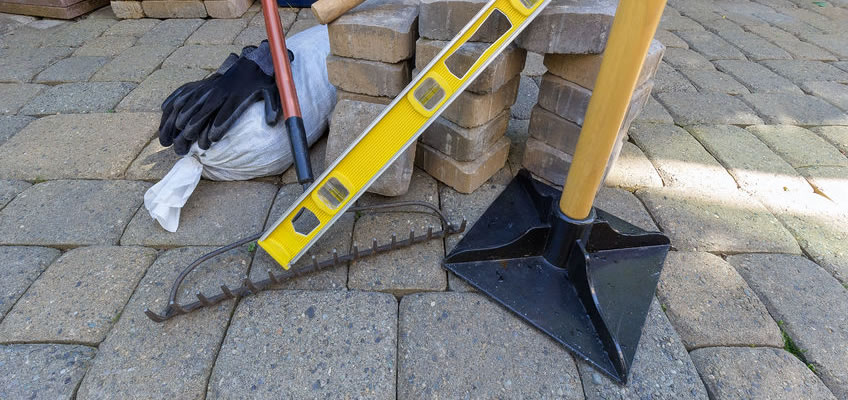Considering Paver Replacement?
Or Just Restore Your Existing Pavers?
When considering paver replacement vs just restoring your existing pavers, an assessment of the current condition of your pavers is necessary. It is usually much cheaper to restore your pavers than to replace them. So long as the pavers are in good structural condition and you still like the color and patter of the pavers, with a little work, they can be restored and made to look almost as they did when they were new.

The structure of the base of the brick pavers is very important to check when you’re considering paver replacement. If you see a lot movement in the pavers and there are large gaps or areas that have settled or raised and is uneven, then you could have a serious problem with the base that is going to be difficult to remedy without a total brick paver replacement. If you do, then any repairs may be short lived and will continue to fail costing you more money and time.
Keep in mind that any brick paver patio, walk or driveway is designed as a complete unit that must built properly in order to provide a beautiful, long lasting surface that requires little attention and care. It starts with the initial excavation and compaction of the sub-base. Then a base with a minimum of 4-6” of crushed stone must be spread and compacted in several intervals to achieve the proper density. Once the pavers or brick are laid and cut in, an edge restraint (usually concrete) needs to be installed around the entire perimeter to keep the brick pavers from spreading or moving. The pavers then need to be vibrated with a plate tamper to set them in place and even the brick surface. The final process is to spread sand (preferably polymeric sand) over the pavers and vibrated into the joints to create interlock between the brick pavers.
We often see where the previous contractor or homeowner took shortcuts in this process reducing the life span of the surface consistency.
Occasionally, we see such poor construction that we recommend the entire brick paver area be reconstructed. This can be more expensive initially, but over the long haul its a better investment than restoring a poorly constructed project.
Related Article: Patio Paver Pitfalls
